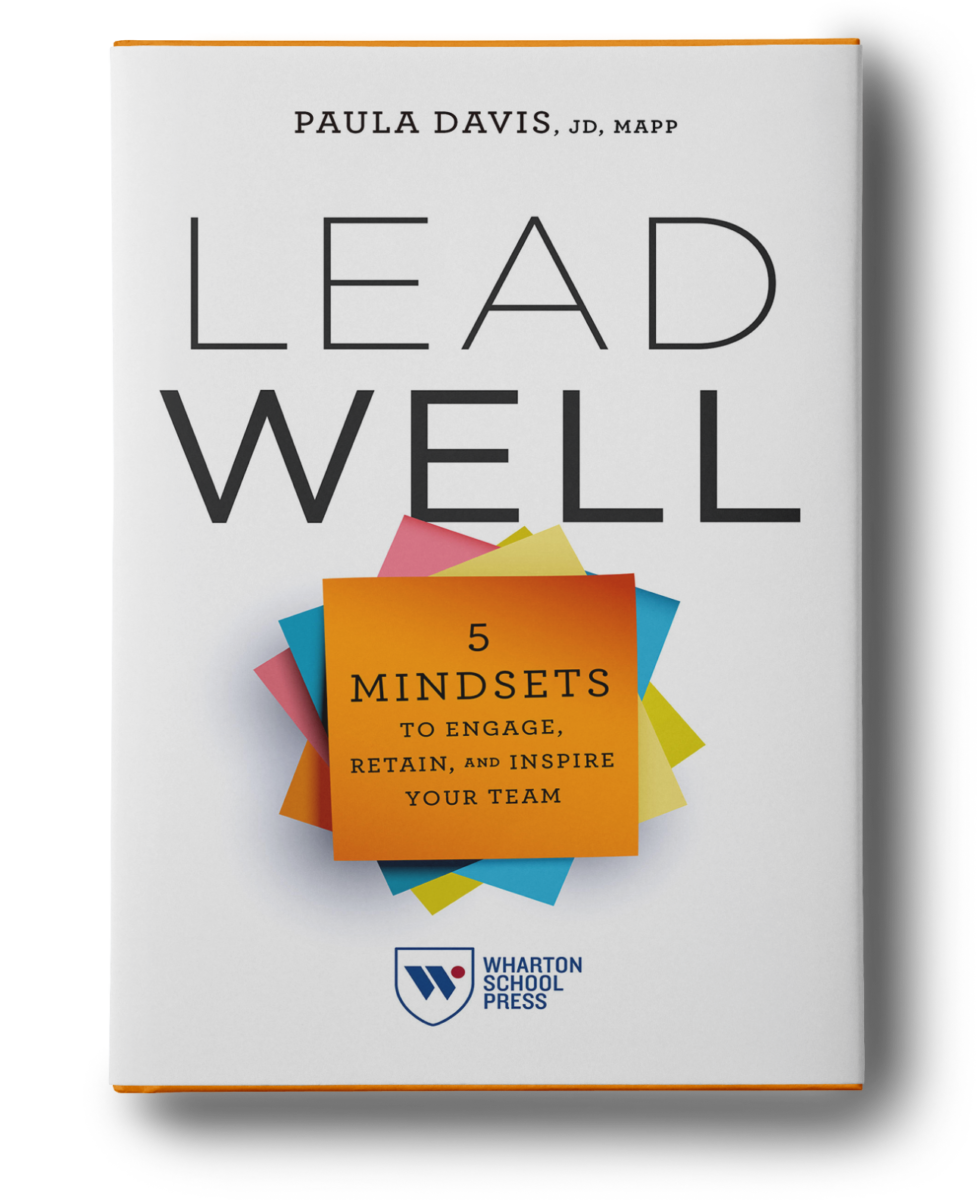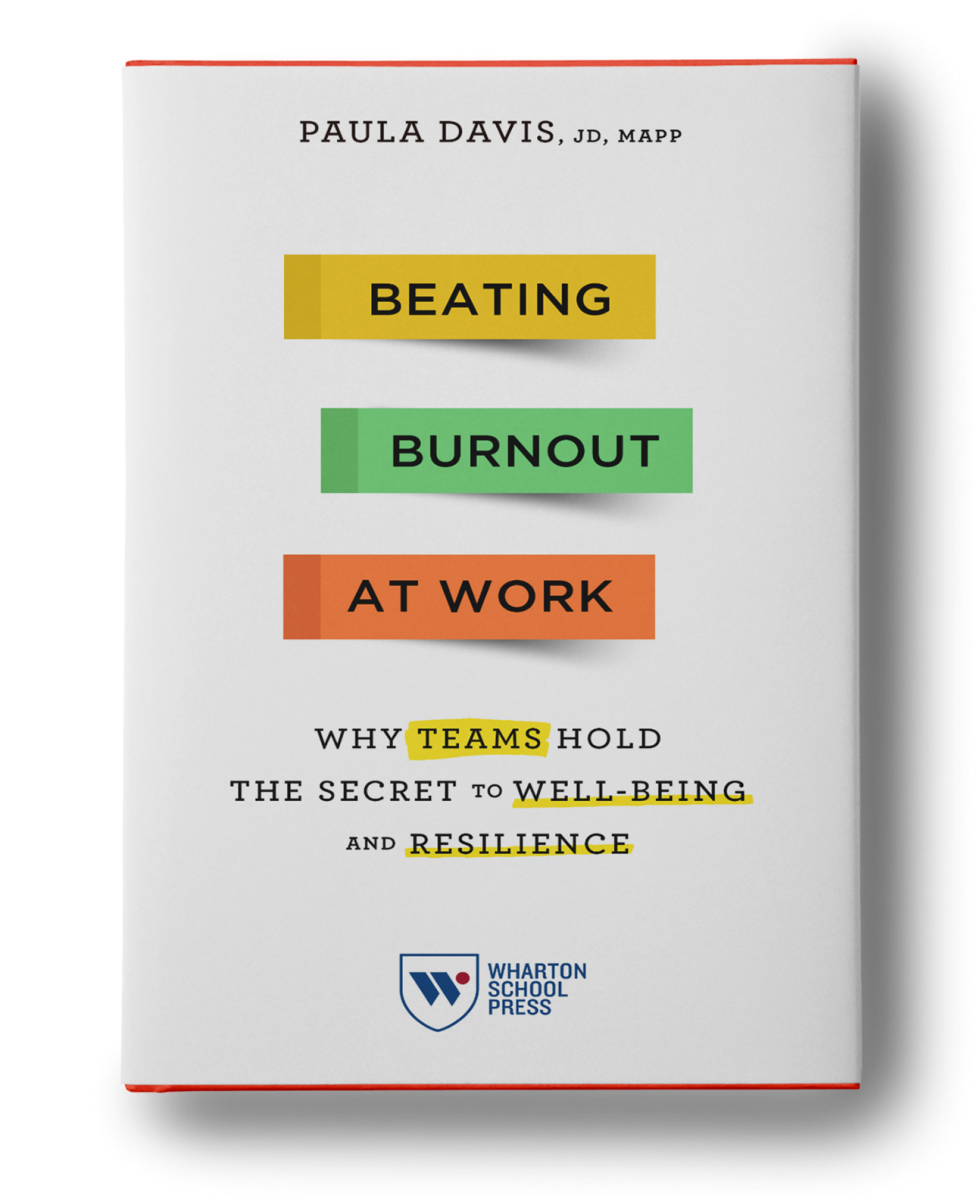When you think about stress, what comes to mind first? Big work and life stressors or the everyday hassles that are part of life? In their new book, The Microstress Effect, Rob Cross and Karen Dillon suggest that microstress – small moments of stress in your personal and professional life that accumulate over time – has a significant impact on your well-being. They contend that little stressors pile up over time to create bigger impacts to your health and resilience.
According to Cross and Dillon, there are three categories of microstressors: those that make it hard to keep up, those that drain your energy, and those that make it hard to feel like yourself.
They identified more than a dozen influential microstressors, such as misaligned roles and priorities, unpredictable authority figures, insufficient communication practices, surges in workload and responsibilities, lack of trust within teams or with leadership, confrontational conversations, and personal values conflicts. One occurrence of a microstressor might not register as a threat to your well-being, but over time, the effects of microstress grow. I noticed that many of the microstressors Cross and Dillion identified overlap with one or more of the six known causes of burnout, which are are:
- Unmanageable workload (you have so much work that you feel like you’re treading water from day-to-day and that any moment you might sink)
- Lack of recognition (no positive feedback; you rarely, if ever, hear thank you)
- Lack of leader/colleague support (not feeling a sense of belonging at work; there is little community or team trust at work)
- Unfairness (favoritism; arbitrary decision-making)
- Values disconnect (what you find important about work doesn’t match the workplace’s values)
- Lack of autonomy (having little choice as to how and when you perform the tasks related to your work)
What I loved about Cross and Dillon’s approach is that they focus on your relationships and interpersonal interactions as the critical pathways for helping you better manage microstress. Why? These connections provide important pathways to thriving and resilience, such as levity, perspective, humor, empathy, and support. Specifically, they suggest you need to have the right people in the following seven categories:
CATEGORY 1: Providing empathetic support. Who lets you vent and helps you feel like they are there to listen?
CATEGORY 2: Identifying a path forward. These people give you good, practical advice and help you see options. They are also good at explaining how they handled a similarly tough situation.
CATEGORY 3: Offering perspective. When you over-think, this person gives you some much-needed perspective to help you realize it’s likely not as bad as you might think.
CATEGORY 4: Managing the surge. Unpredictable client demands, new projects, company growth, and layoffs are all factors that might lead to a surge in the amount of work responsibilities you have. This inevitably spills over into other areas of your life. Who are the people you can count on when you are overwhelmed with demands?
CATEGORY 5: Taking a break. Who helps you take a break or a pause from your stress?
CATEGORY 6: Providing levity. These are the people you can count on to provide humor and lightness during a challenge. I remember working with a group of soldiers, and they were talking about a stressful deployment and a particularly dangerous mission. When I asked them how they coped with the stress, they responded in unison, “Ma’am, if it wasn’t for the jokes and the laughter, none of us would have made it.” Humor can be a powerful coping mechanism for stress. In one study of a group of nurses, their level of humor was found to be a significant predictor of their overall health. In addition, there is a well-developed science of positive emotions showing their connection to increased resilience and reducing the negative effects of stress.
CATEGORY 7: Making sense of people & politics. This person may have a broader team or organizational view and can give you a better understanding of others’ behavior.
Now think about your own network. Whose name would you put in each category? Where are your gaps? Do you have the same person listed for each category? That might suggest your network is a bit thin and you may want to consider ways to increase it more strategically. I noticed immediately that I really miss having a business coach. My business coach was so good at helping me see a path forward with business and entrepreneurial stressors. I also realized that I am underutilizing both my dad and my brother for work-related perspective, both of whom have significant business expertise. Having a well-designed network allows you to flexibly reach out to the right people in small but powerful ways for the right kind of support, both personally and professionally.
Small stressors add up over time, though they may not immediately impact your well-being in the same way big work and life stressors do. Cultivating relationships across these seven categories will help you increase your resilience and ability to thrive when both the small and the big work and life challenges strike.
For more information and support go to our On-Demand Resource Center.







